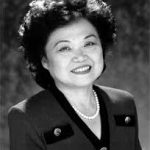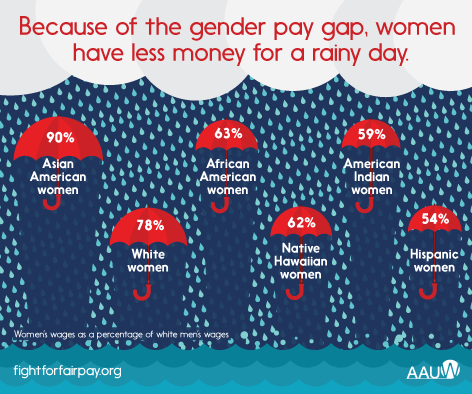 Kimala Price, a 2009–10 AAUW American Fellow and an associate professor of women’s studies at San Diego State University, has been active in the movement for two decades. As a scholar and activist, Price has studied how the varying histories and lived realities of different groups of women affect their struggles for reproductive freedom.
Kimala Price, a 2009–10 AAUW American Fellow and an associate professor of women’s studies at San Diego State University, has been active in the movement for two decades. As a scholar and activist, Price has studied how the varying histories and lived realities of different groups of women affect their struggles for reproductive freedom.
Many women of color — particularly African American women in the South, Puerto Rican women, women of Mexican origin in the Southwest, and Native American women through Indian Health Service — were sterilized, often without their full knowledge or consent, Price said. On the other hand, women of European descent have historically been strongly encouraged to have children. Certain policies made it difficult for these women to even obtain contraceptives, let alone sterilizations. These varying histories shape what the fight for reproductive freedom looks like for each group of women.
Social and economic issues such as poverty and unemployment also affect women’s reproductive health. Can someone truly achieve reproductive freedom without adequate housing for her family or reliable access to transportation to attend health appointments? For Price, the answer is no.
“Reproduction does not exist in a vacuum,” Price said. “It is affected by social issues such as economic inequality, environmental issues, LGBTQ rights, and immigration.” These real-world issues, which tend to disproportionally affect women of color, must be acknowledged and addressed. Acknowledging our different histories and learning what influences the reproductive freedom of each group of women will teach us how to support and assist each other.
 House ofNo person in the United States shall, on the basis of sex, be excluded from participation in, be denied the benefits of, or be subjected to discrimination under any education program or activity receiving Federal financial assistance. This short sentence was signed into law on June 23rd, 1972. What a difference it has made, not only in Athletics, but, increasingly, in college level sexual harassment cases.
House ofNo person in the United States shall, on the basis of sex, be excluded from participation in, be denied the benefits of, or be subjected to discrimination under any education program or activity receiving Federal financial assistance. This short sentence was signed into law on June 23rd, 1972. What a difference it has made, not only in Athletics, but, increasingly, in college level sexual harassment cases.





